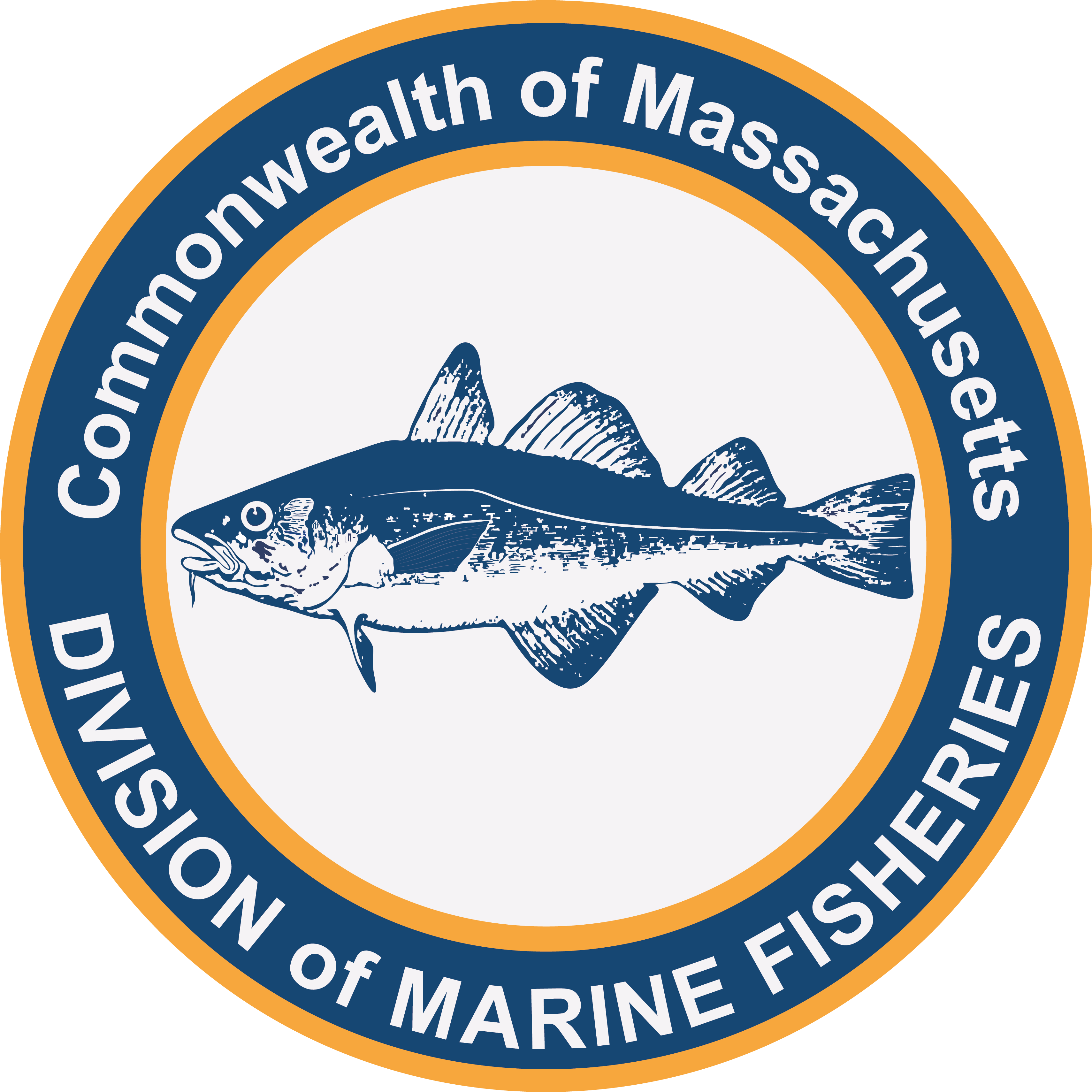- Division of Marine Fisheries
DMF has adopted several new rules affecting shore-based shark fishing in Massachusetts for this coming season. These include constraining the use of certain heavy gear while shore fishing around Cape Cod Bay and the Outer Cape; prohibiting chumming from the shoreline during day-time hours when fishing heavy gear; and restricting the use of mechanized devices when setting bait from shore.
Shore-based shark fishing is growing in popularity along the coast and Massachusetts has become a desirable location to conduct this fishing. While DMF regulations already prohibit attracting and targeting great white sharks, it has become evident in recent years that these rules are difficult to enforce and in need of clarification to ameliorate user-group conflicts. Last year, there were several instances when anglers likely fishing for white sharks from shore caused public safety risks for other beach goers. In response, DMF has taken action to prevent the further expansion of this fishing activity and improve enforceability of existing regulations.
To better restrict the targeting of white sharks where they are most commonly found, DMF created an area (see red shoreline on map) where anglers are prohibited from fishing from shore with a baited hook that has an inside gap exceeding 5/8-inch (when measured straight across from barb to shank) coupled with a wire or metal leader that measures greater than 18-inches. The area where this activity is prohibited begins at the northernmost point of Plymouth Beach and follows the shoreline around Cape Cod Bay and the Outer Cape including all of Chatham Harbor and Monomoy Island. The use of this heavy gear remains authorized outside of the area and anglers may fish lighter tackle within the area to target other species. Additionally, if you are shore fishing and using this heavy hook and leader configuration outside of the prohibited area, you may not chum from sunrise to sunset.
Lastly, DMF has prohibited anglers from using mechanized, compressed propulsion, and remote-controlled devices to deploy baits when shore fishing for sharks or any other species. Common devices included in this prohibition are bait cannons, drones, and so-called “rc-boats” (radio- or remote-controlled boats). Deploying baits with manual devices such as kayaks and kites remains allowed. The purpose of this action is two-fold. First, it complements the above-described regulations to restrict the shore-based targeting of white sharks. By prohibiting the use of these devices when shore-based shark fishing, anglers will be constrained in setting bait beyond the surf where white sharks occur, thereby limiting the ability for anglers to target these animals and ameliorating resulting user group and public safety conflicts. Additionally, by prohibiting the use of these devices, DMF aims to reduce stresses on fish that can increase post-release mortality. These devices allow shore-based anglers to target fish at a greater distance and specific size classes of fish when conditions allow. Inevitably, this will increase the frequency that fish are caught, as well as the fight time and stress associated with the catch. This is of particular concern for striped bass which face conservation challenges and are a species commonly targeted from shore.
By Jared Silva, Fisheries Management Analyst

